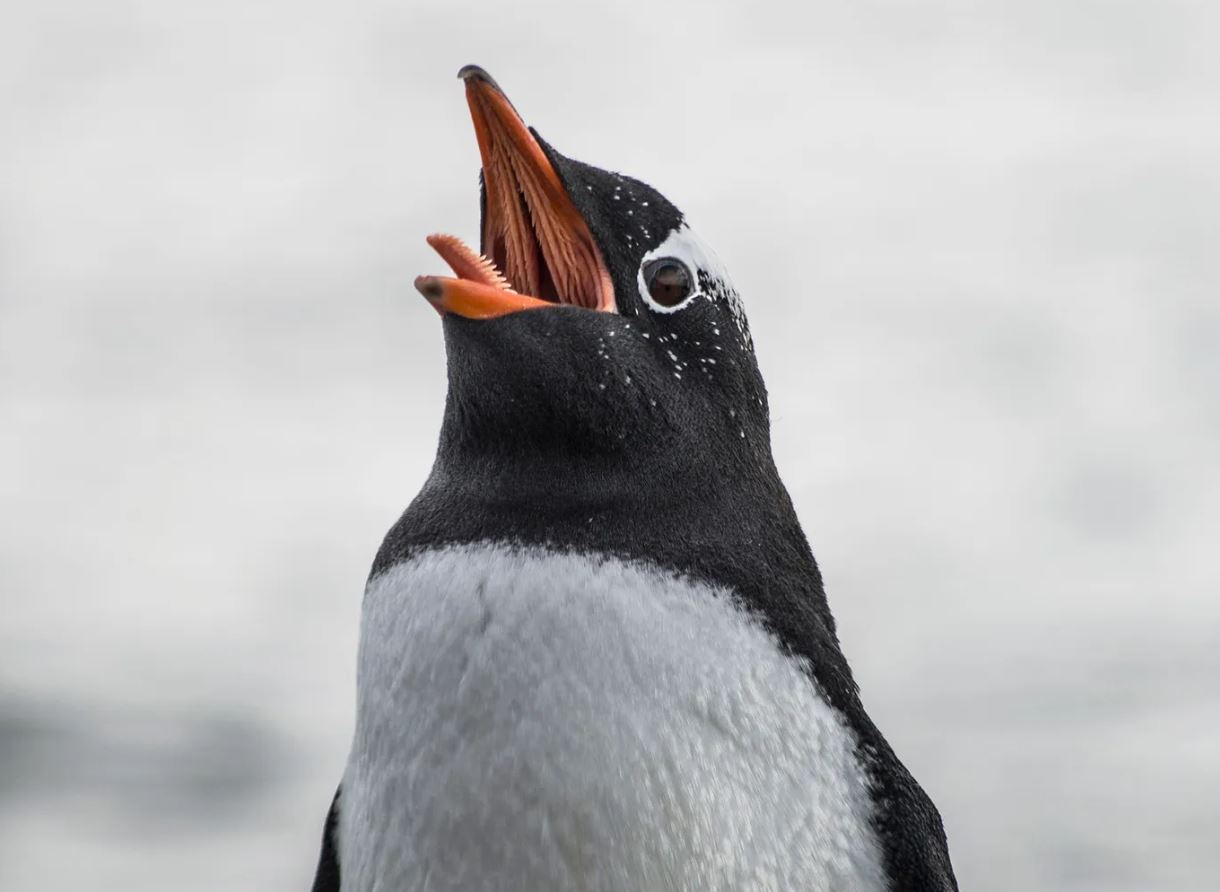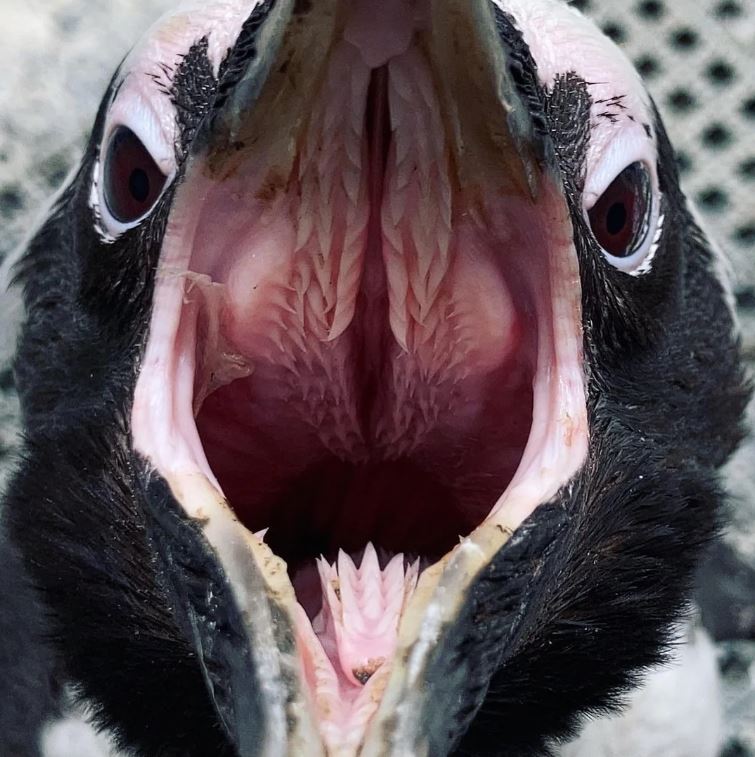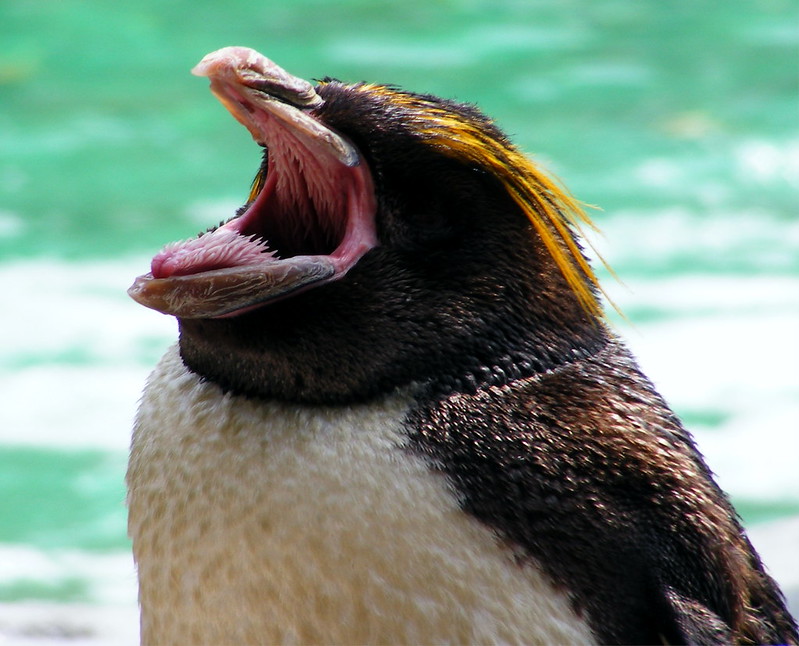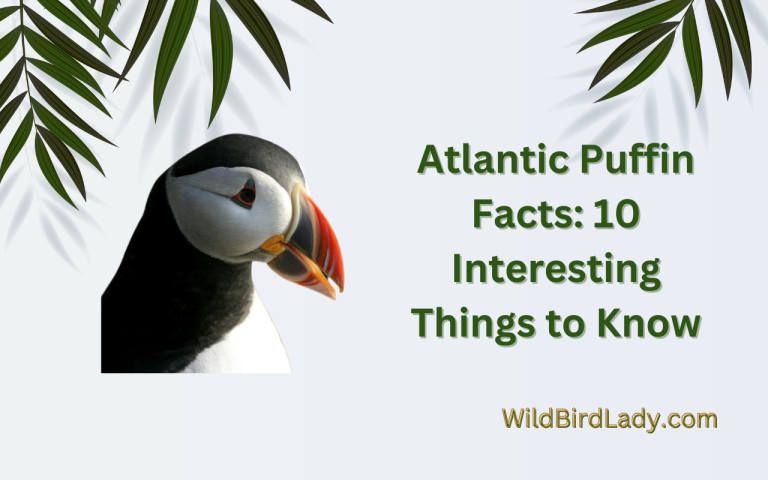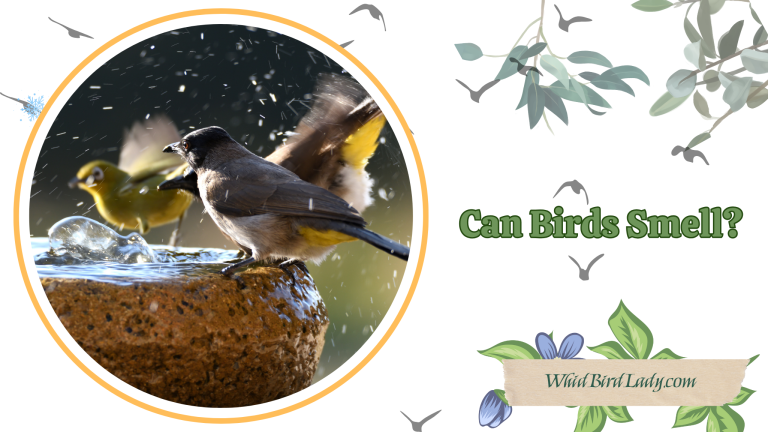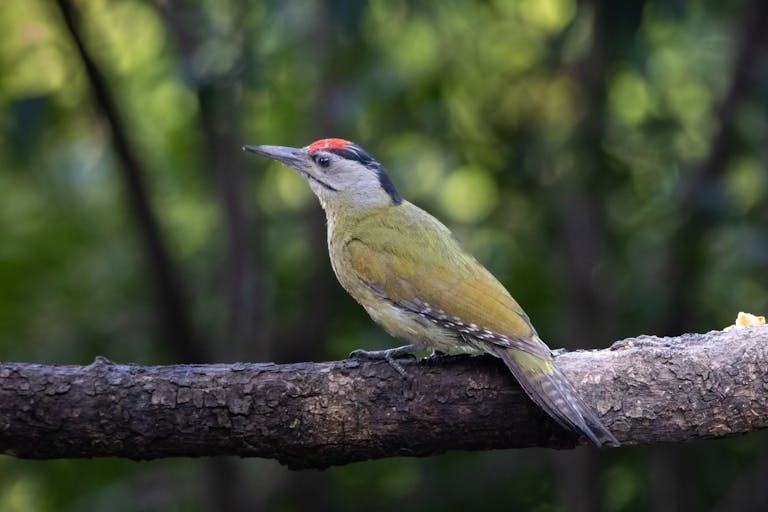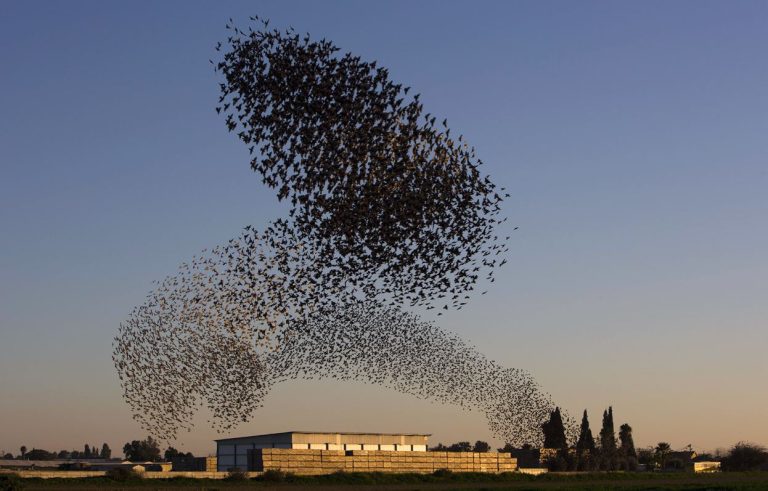Inside a Penguin’s Mouth: What Scientists Found Will Shock You!
Penguins are often viewed as adorable, tuxedo-wearing waddlers of the Antarctic, but have you ever dared to peek inside a penguin’s mouth? It might just change the way you see these birds forever. Beneath that cute exterior lies a shocking and fascinating biological adaptation that has left scientists and nature lovers equally amazed.
In this deep dive into the inside of a penguin’s mouth, we’ll uncover the mysteries behind their unique anatomy, explore what scientists have discovered, and answer the most frequently asked questions about penguins’ teeth, penguin throats, and their bizarre mouth interiors.
Why Are We So Fascinated With What’s Inside a Penguin’s Mouth?
Penguins are already full of surprises—flightless birds that swim like torpedoes, live in some of Earth’s harshest climates, and perform elaborate courtship rituals. But recently, high-resolution photography and field observations have revealed one more surprise: the inside of a penguin’s mouth is covered in backward-facing spines that look downright terrifying.
So, why do penguins have such strange mouths? Let’s break it down.
Do Penguins Have Teeth?
This is one of the most common questions when people hear about penguin mouth anatomy:
Do penguins have teeth?
The answer is no—penguins don’t have teeth in the traditional sense.
Instead, penguins have spiny, keratinized structures inside their beaks and along their tongues and palates. These sharp, backward-facing structures serve the same purpose as teeth: they help grip slippery prey, such as fish, krill, and squid.
According to ornithological experts at the Cornell Lab of Ornithology’s All About Birds, penguins evolved without teeth but developed adapted structures to aid feeding in aquatic environments.
Inside a Penguin’s Mouth: Spines, Tongue, and Throat
The Tongue: A Natural Harpoon
One of the most shocking discoveries about penguin mouths inside is their tongue. Covered in those same spiky, backward-facing barbs, the tongue is specially designed to grab and hold wriggling fish. Once prey enters the mouth, it has almost no chance of escape.
In fact, the inside of a penguin’s mouth looks more like something from a science fiction movie than a cute animal documentary. These spines aren’t teeth—they’re made of keratin, the same material as our fingernails and hair.
The Roof of the Mouth
The inside of a penguin mouth, particularly the roof, is also lined with spiny ridges. These structures work in unison with the tongue to push prey down the throat. This is crucial since penguins don’t chew—they swallow their food whole.
Once the fish or krill is secure, muscular contractions move it down the penguin’s throat and into the digestive system. The whole process is quick, efficient, and shockingly well-designed.
Why Do Penguins Need These Spines?
Let’s look at the evolutionary function of the spines inside a penguin’s mouth:
- Slippery Diet: Penguins primarily eat fish, squid, and krill—all of which are extremely slippery.
- Aquatic Feeding: Penguins catch prey underwater, often while swimming at high speeds. They don’t have the luxury of handling food with their wings or feet like raptors or gulls.
- Efficiency: The barbed tongue and mouth lining act like a conveyor belt, moving food straight into the digestive system.
Without these adaptations, penguins would lose a significant portion of their prey during hunting.
What Scientists Found: Shocking Close-Up Images
Thanks to high-resolution cameras and endoscopic studies, scientists have captured detailed images of the penguin inside mouth like never before.
These images reveal:
- Rows of sharp, hooked papillae lining the tongue and palate
- A grooved throat designed for rapid swallowing
- The shocking contrast between the penguin’s soft, plush exterior and its alien-like oral anatomy
You can find an excellent photographic breakdown in this feature by All About Birds: their work with penguin colonies in the wild has helped shed light on this rarely-seen anatomy.
Penguins Mouth vs. Other Birds
Most birds have relatively simple mouths, especially those that eat seeds, fruit, or insects. What makes the penguins mouth inside so different?
- Pigeons, for instance, have smooth tongues and soft palates.
- Owls and hawks use sharp beaks and talons but still swallow food with a relatively smooth mouth interior.
- Geese and ducks have some ridges or serrations, but nothing like the penguin’s spines.
This makes the inside of penguin mouth one of the most highly adapted bird mouths in the avian world.
FAQ: Inside a Penguin’s Mouth
Q1: Do penguins have teeth like mammals?
No. Penguins don’t have teeth. Instead, they have spiny keratin structures inside their mouths that function similarly to teeth but are very different in structure and material.
Q2: Are the spines in a penguin’s mouth dangerous?
To prey—yes. To humans—not really, unless you’re trying to feed a wild penguin by hand (which you shouldn’t do).
Q3: Why do the spines face backward?
This helps ensure that once prey enters the penguin’s throat, it can’t wriggle free or escape. The backward orientation creates a one-way path for food.
Q4: Are all penguin species the same inside?
While all penguins share similar mouth anatomy, some species—especially those that hunt larger or faster prey—may have more pronounced papillae.
Evolutionary Marvel: Form Meets Function
The inside of a penguin’s mouth may look like something out of a sci-fi movie, but every bizarre detail has a clear evolutionary purpose. In the harsh, icy environments where penguins thrive—from the freezing waters of Antarctica to the rocky shores of the Southern Hemisphere—efficiency equals survival.
Penguins don’t have time to fuss over their meals. In cold waters where every calorie counts and predators lurk below, feeding must be quick, precise, and effective. That’s why evolution has given them a mouth built for one job: catching and swallowing slippery prey.
Built for the Job
- Spiked tongue: Covered in tough keratinized barbs, the tongue acts like a natural fishhook. Once a penguin snares a fish, these backward-facing spines prevent the prey from escaping.
- Grooved and spiny roof: The upper part of the penguin’s mouth is just as specialized. It helps guide prey down the throat while anchoring it in place.
- Powerful throat muscles: Unlike mammals that chew their food, penguins rely on muscular contractions to push food down. The grooves and papillae lining the penguin throat aid this smooth, forceful motion.
Cold Climate, Smart Design
Living in freezing temperatures and diving into icy waters demands more than just a thick layer of feathers or blubber. It requires internal systems that minimize energy loss and maximize intake. Penguins can’t afford to drop or fumble a fish—they need to consume every catch completely and without delay. Their spiny mouths ensure that happens.
Additionally, because penguins swallow their prey whole, they don’t waste time or body heat chewing. The less time spent feeding, the better their odds of escaping predators like seals or orcas.
Evolution in Action
This peculiar mouth structure didn’t appear overnight. Over millions of years, natural selection favored penguins whose inner mouth structures allowed them to capture prey more effectively. Those who couldn’t keep hold of a fish? They didn’t survive to pass on their genes.
In this way, the penguin mouth inside is a striking example of how form follows function in nature. Every ridge, barb, and groove has been sculpted by survival pressure—a living blueprint of adaptation to extreme life at sea.
Final Thoughts: Cute on the Outside, Killer on the Inside
So the next time you see a penguin waddling around looking like a friendly cartoon character, remember what lies beneath that beak. Inside a penguin’s mouth, you’ll find nature’s answer to life in the ocean: efficient, bizarre, and utterly brilliant.
And that’s what scientists found—and why it continues to shock and fascinate us.
Read Also: How Long Do Geese Live? Discover the Secrets to Their Long Life!

